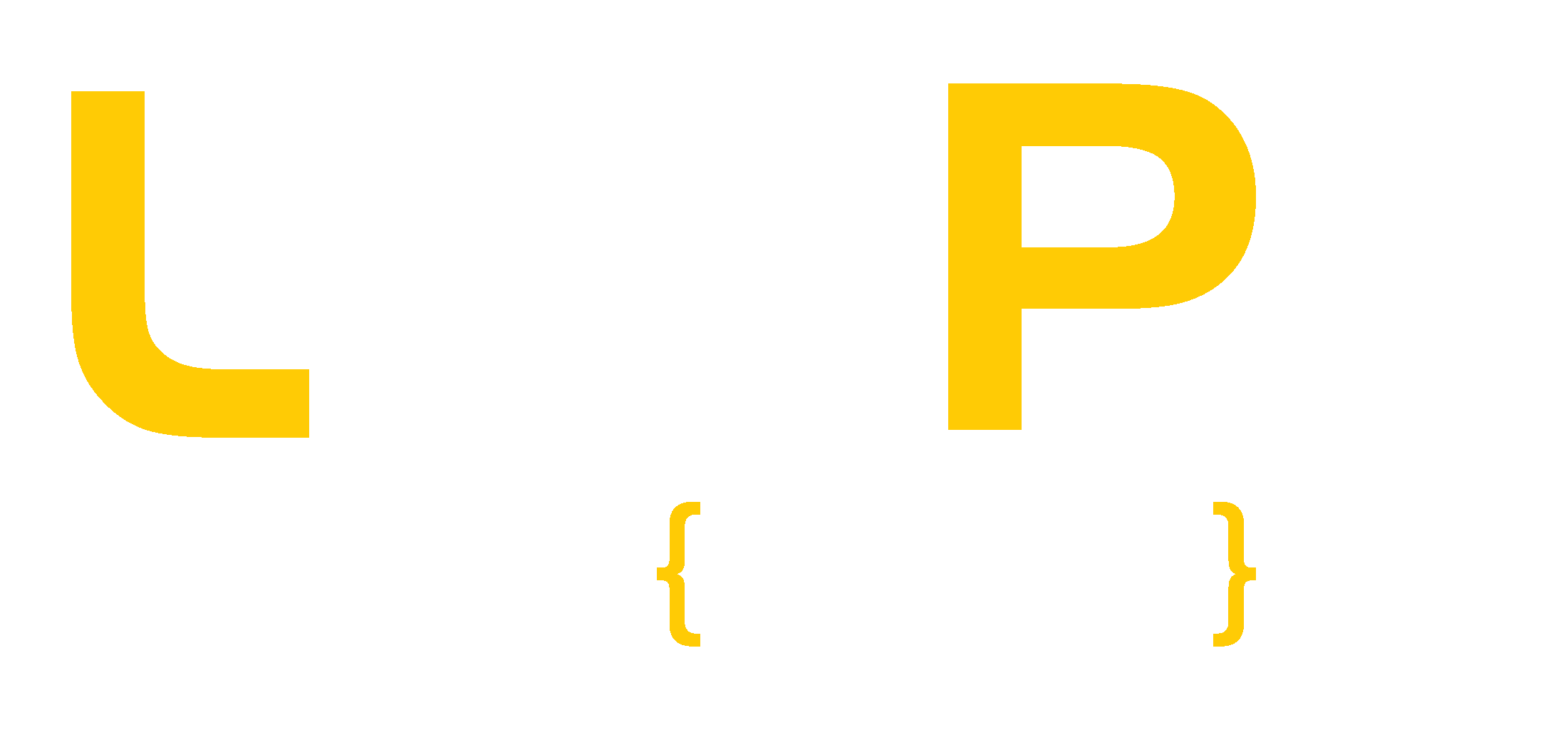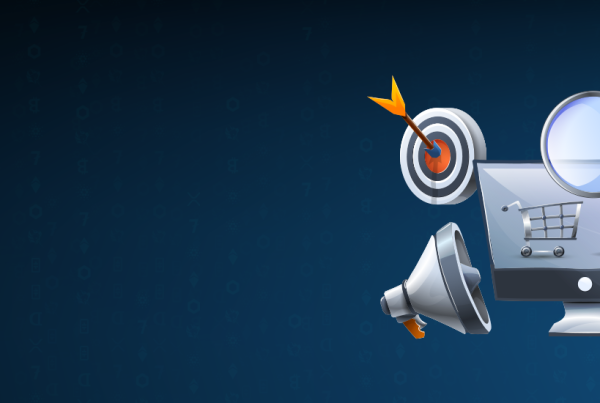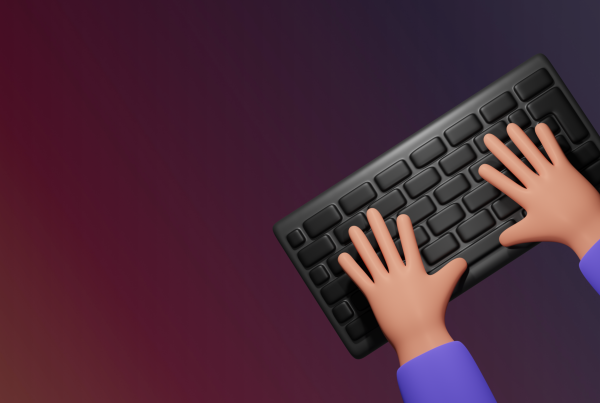Exploring the Latest Web Development Trends in 2023
Web development is a rapidly evolving field and staying up-to-date with the latest trends is crucial for developers and businesses alike. In 2023, several latest trends are shaping the web development landscape. These include AI Chatbots, progressive web apps (PWAs), Serverless Architecture, Accelerated Mobile Pages (AMPs), Dark Mode Integration, Responsive Site design, Improved native cybersecurity, and Standardization of Web Technologies. These trends reflect advancements in user experience, performance, and security, making them essential for web developers and businesses to stay competitive.
But what are these trends, and how do they impact web development?
1. Progressive Web Apps (PWAs)
PWAs are taking center stage in 2023, transforming how users engage with websites. These apps blend the strengths of websites and native mobile apps, offering seamless experiences. Powered by technologies like service workers, push notifications, and offline caching, PWAs enhance performance, responsiveness, and user installability. They are increasingly adopted by businesses seeking to captivate and retain their audiences.
Advantages
- Offline access
- Improved performance
- Cross-platform compatibility
Drawbacks
- Limited iOS support
- Limited access to device features
- Initial development complexity


2. Voice User Interface (VUI)
The ubiquity of voice assistants and smart speakers has propelled VUI into the web development spotlight. Integrating voice commands into websites simplifies user interactions. Leveraging natural language processing (NLP) and machine learning, VUI enhances accessibility and engagement. Developers harness technologies such as Amazon Alexa Skills Kit, Google Assistant Actions, and Apple Sirikit to integrate VUI seamlessly.
Advantages
- Enhanced user engagement
- Hands-free interaction
- Accessibility for visually impaired users
Drawbacks
- Limited accuracy in noisy environments
- Privacy concerns
- Learning curve for users
3. Artificial Intelligence (AI) and Machine Learning (ML)
AI and ML are making significant strides in web development, enhancing user experiences, and automating tasks in 2023. AI-driven chatbots and virtual assistants are gaining prominence, offering instant customer support and improved engagement. Machine learning analyzes user behavior, enabling personalized recommendations and targeted marketing.
Advantages
- Personalization and recommendations
- Data analysis and insights
- Automation of repetitive tasks
Drawbacks
- Data privacy concerns
- High initial development complexity
- Need for quality training data

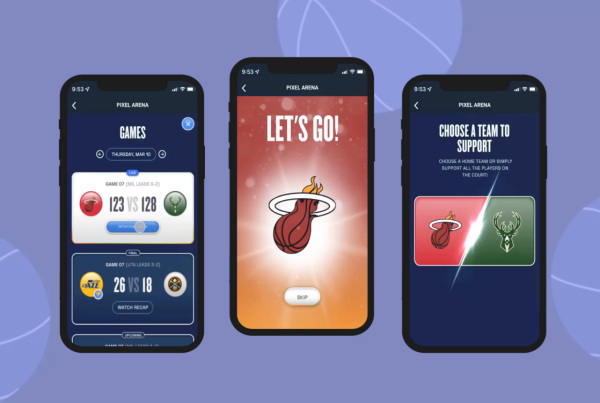
4. Motion UI
Motion UI is gaining momentum in 2023, infusing dynamic elements into web interfaces. Employing technologies like CSS animations, WebGL, and JavaScript libraries, developers craft visually captivating and interactive websites. Techniques such as micro-interactions, animated transitions, and particle effects enhance user experiences by combining aesthetics with functionality.
Advantages
- Improved user engagement
- Enhanced user experience
- Visual storytelling
Drawbacks
- Potential performance issues
- Overuse can be distracting
- Increased design and development time
5. Single Page Applications (SPAs)
SPAs are surging in popularity due to their seamless and responsive user experiences. They eliminate the need for page reloads by dynamically updating content as users navigate. Developers harness frameworks like React, Angular, and Vue.js to create intricate and interactive web applications. SPAs enhance performance through caching and reduce server load, resulting in faster loading times and improved scalability.
Advantages
- Faster load times
- Seamless user experience
- Improved performance
Drawbacks
- SEO challenges
- Complex state management
- Initial load time can be longer
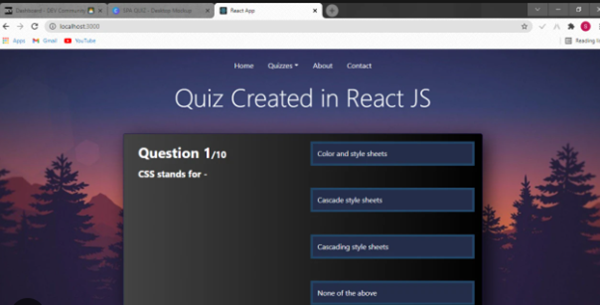
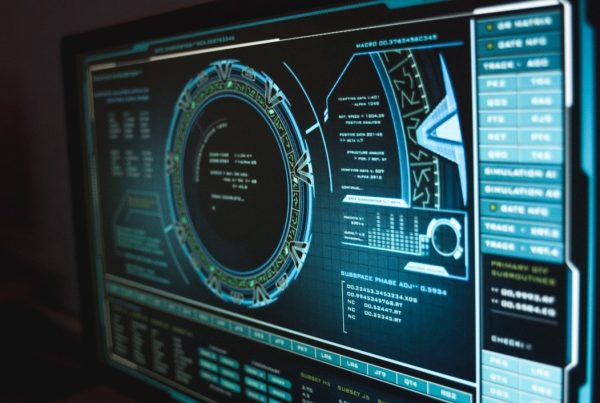
6. Cybersecurity and Privacy
In 2023, cybersecurity and privacy are the ultimate concerns for the developers. Secure communication protocols like HTTPS and SSL/TLS are becoming standards. Encryption techniques and strict access controls are integrated to protect user data. Compliance with data protection regulations such as CCPA and GDPR is essential to ensure user trust and privacy.
Advantages
- Protection against data breaches
- Compliance with regulations
- Enhanced user trust
Drawbacks
- Increased development and maintenance costs
- Potential user experience trade-offs
- Ongoing updates are required
7. Web 3.0 and Decentralized Applications (DApps)
In the Internet’s development, Web 3.0 represents the next evolutionary step. It is characterized by a move towards decentralized, peer-to-peer networks, and blockchain technology integration into web applications. The central concept behind Web 3.0 is to create a more secure, open, and user-centric internet, and this is achieved through the development and adoption of Decentralized Applications, or DApps.
Advantages
- Enhanced security and transparency
- Decentralized control
- Trustless transactions
Drawbacks
- The learning curve for users
- Scalability challenges
- Limited mainstream adoption
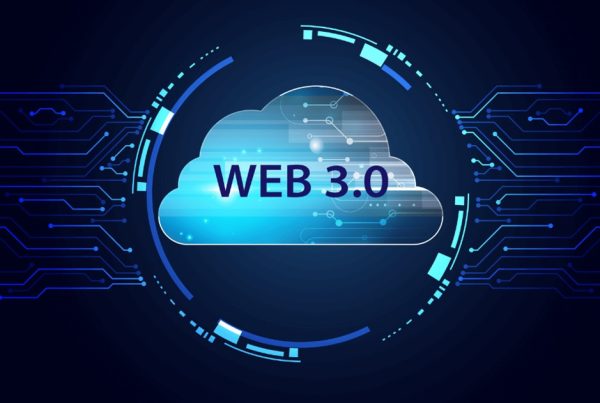
Future Trends in Web Development
The world of web development is in a perpetual state of evolution, with each passing year bringing new technologies and trends that shape the way we interact with the internet. As we dive into 2023 and beyond, it’s crucial to explore the emerging trends that are set to transform the web development landscape. In this section, we’ll discuss the technologies that are shaping the future, including Web Assembly, Progressive Web APIs, AR/VR, and blockchain integration, and their implications for both web developers and users.
• Web Assembly
Web Assembly is a groundbreaking technology that allows high-performance, low-level programming languages like C and C++ to run in web browsers at near-native speed. This opens up a world of possibilities for web developers by enabling them to create complex applications and games directly within the browser.
With Web Assembly, web applications will become even more powerful and versatile. This technology will facilitate a wide range of applications, from video editing to scientific simulations, all while maintaining a smooth user experience.
• Progressive Web APIs
Progressive Web APIs are an extension of the Progressive Web App (PWA) concept, enabling web developers to access a broader set of device features and capabilities. This includes functionalities like sensors, Bluetooth, and geolocation.
These APIs will make it possible for web applications to offer seamless and integrated experiences with the user’s device, blurring the line between web and native apps. Expect to see more interactive and feature-rich web applications in the near future.
• Augmented Reality (AR) and Virtual Reality (VR)
AR and VR are set to revolutionize the way we interact with web content. With the integration of AR and VR technologies, web developers can create immersive experiences that go beyond the traditional 2D web.
For users, this means a more engaging and interactive web, whether it’s exploring virtual showrooms, taking virtual tours, or attending virtual conferences. Expect an influx of AR and VR-powered web applications and websites, enhancing user engagement and experience.
• Blockchain Integration
Blockchain technology is no longer confined to cryptocurrencies. Web developers are finding innovative ways to integrate blockchain into various web applications, offering enhanced security, transparency, and trust.
For users, this means increased data security and the ability to verify the authenticity of online content and transactions. Blockchain-powered applications, such as decentralized identity platforms and secure e-commerce, will become more prevalent, offering users greater control over their online interactions.
Implications for Web Developers
Implications for Users
Wrapping Up!
Web development promises an innovative future. Technologies like Web Assembly, Progressive Web APIs, AR/VR, chatbot development frameworks, motion and gesture recognition, and blockchain integration are poised to reshape the landscape. Embracing these trends empowers developers to create immersive, secure, and intelligent web applications that meet the evolving requirements of users in the digital age.
